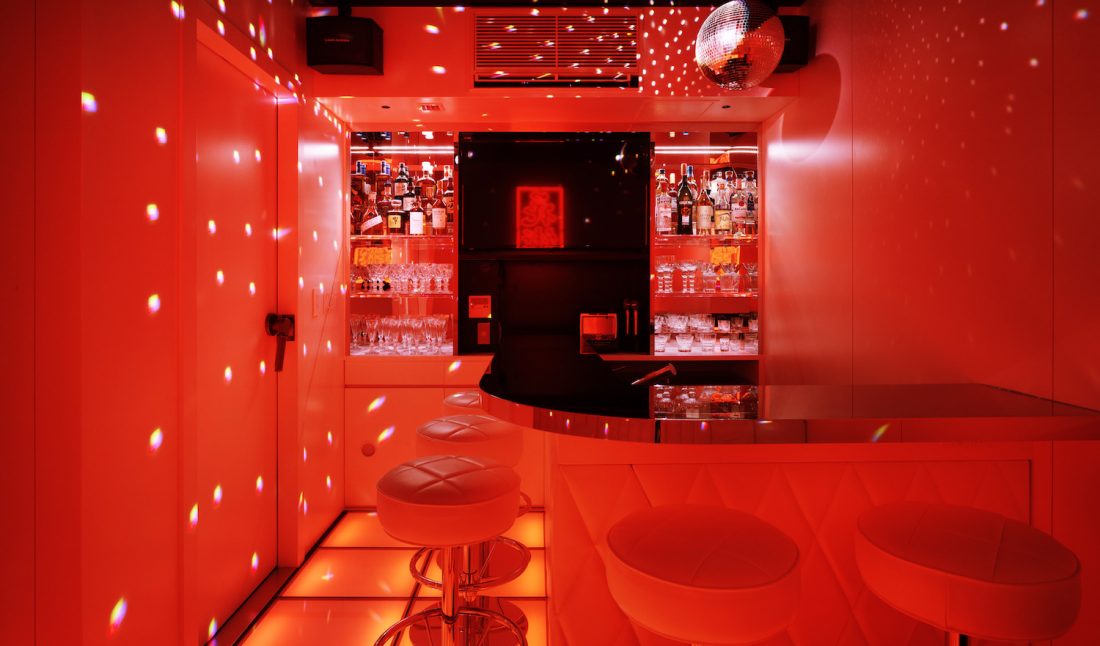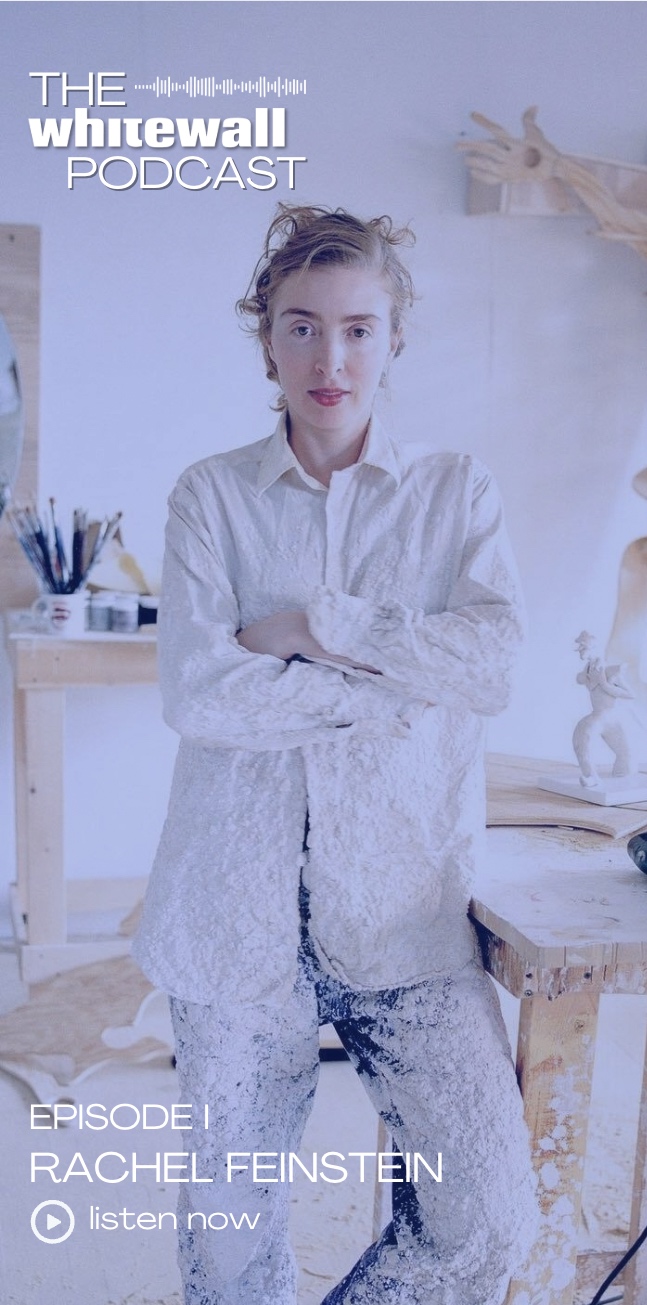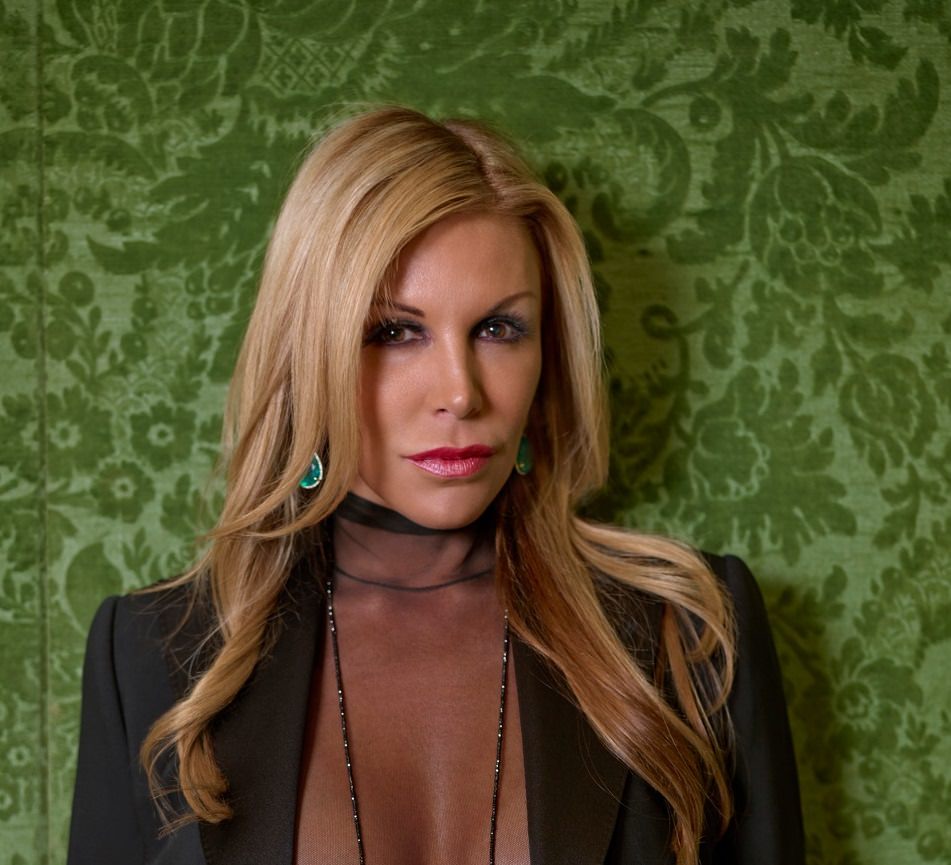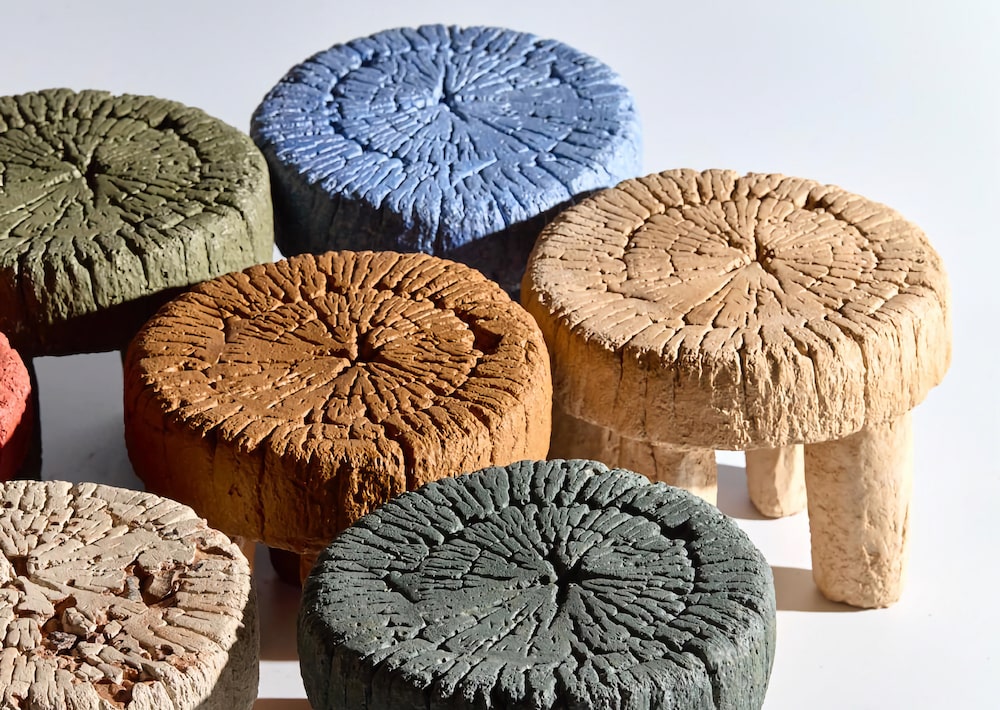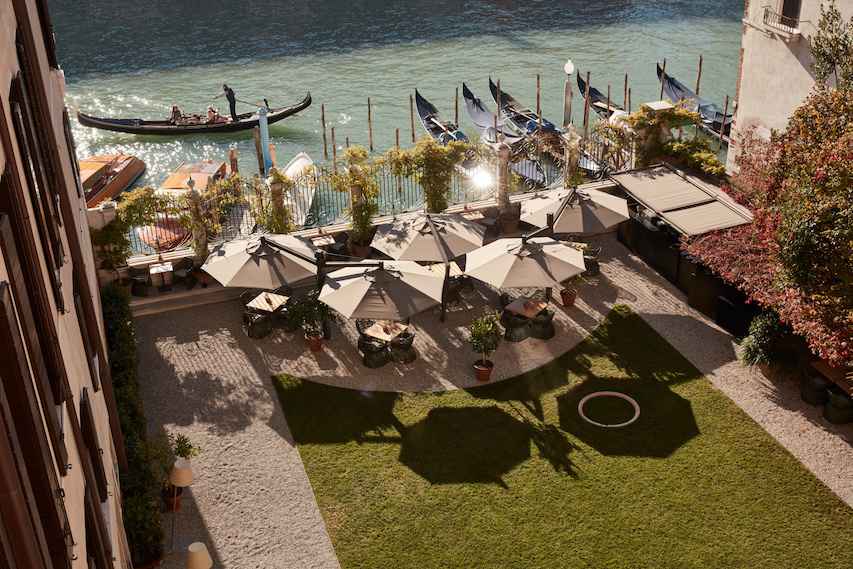In 2017, Yoshitaka Nojiri founded the hospitality company TRUNK in Tokyo, perpetuating unique environments that focus on experience, socialization, and design-forward details. Its launch began with one Mount Fuji Architects-designed TRUNK(HOTEL) property in the Shibuya neighborhood, greeting guests to Tokyo to unforgettable food, sustainable and organic amenities, and stunning guest rooms and lounges by Jamo Associates.
Two years later, TRUNK unveiled TRUNK(HOUSE) in the city’s historic Kagurazaka neighborhood—an ultra-private townhouse down a stone path that embodies the brand’s emotional philosophy, yet exudes luxury with unparalleled hospitality. After a year of extensive renovations, the 70-year-old former Geisha training house opened to the public in August 2019 with an incredible dedication to the art and design worlds, featuring a two-floor Tripster-designed space that sleeps six, dotted with furniture, lighting fixtures, and commissioned artworks by renowned creators. Three months later, just before the global Coronavirus pandemic struck, Whitewall experienced its magic in person.
Upon arrival, we were transported to a Japanese dreamscape of traditional and contemporary design, heightened by personalized service around every bend. Approachable butlers departed from its doors to help us with luggage, dressed in Yohji Yamamoto-designed garments and Suicoke sandals. At first, we were handed Hender Scheme leather slides to change into and asked what we might like to experience.
At first, a tour was in order. Downstairs, we explored an expansive living room, dining room, kitchen, and a mini Oryza-designed garden that was lush with plant life. Wood-paneled ceilings, terrazzo flooring, paper screens, and grey mortar walls stretched as far as the eyes could see. Around the corner and below the staircase, we saw a Tom Sachs-designed tea ceremony set, entitled Ryakubon 2.0. We also indulged in a peek of a space we’d enjoy later—Tokyo’s smallest private disco room, featuring a small bar, a karaoke machine, and just enough tables for you and your closest friends. Behind the plush wrap-around seating, signatures from the first few visitors were still fresh in black ink—like Ghetto Gastro and KAWS.
Upstairs, a fluid bedroom and tearoom—complete with a sunken hearth irori fireplace and tatami mat flooring—awaited. Bay windows and leather floor cushions welcomed us to a tea ceremony, guided by one of our professional butlers, as we took in the surrounding treasures. Paper cutout art pieces by the Japanese artist Chiaki Hirano lined the walls; metal-framed leather sofas and a low coffee table—both designed by Stephen Kenn—were seen; a Jean Prouvé Potence wall lamp, a Serge Mouille Lampadaire light, and a George Nelson Cigar Lotus floor lamp lit up the space; and a low Eames table greeted us.
Typically an overlooked space, the bathroom was also an unforgettable area, divided into two rooms. Behind a door that triggered an automatic song to play, the toilet room was masked by a soothing ambiance and stained glass art—Smoking Frog by Reo Taniwa. In an opposite room, the bath area shined with an aromatic Japanese cypress bathtub, surrounded by shunga—Japanese-style adult artwork, printed onto white tiles by Masumi Ishikawa, a contemporary ukiyo-e painter and woodblock print artist.
That night, we entrusted our incredible butlers and private culinary team to show us the ropes of the neighborhood and its flavors. After partaking in a whisky tour of the area’s top spots, we returned back to the property for a private dinner, a karaoke hour, and a late-night Gyudon bowl. In the morning, we enjoyed local tea, gold flake-topped mochi, and a morning of relaxation.
After returning home, Whitewall spoke with TRUNK’s Chief Creative Officer, Masayuki Kinoshita, to hear how the exclusive hospitality haven came to be—and what may be next.
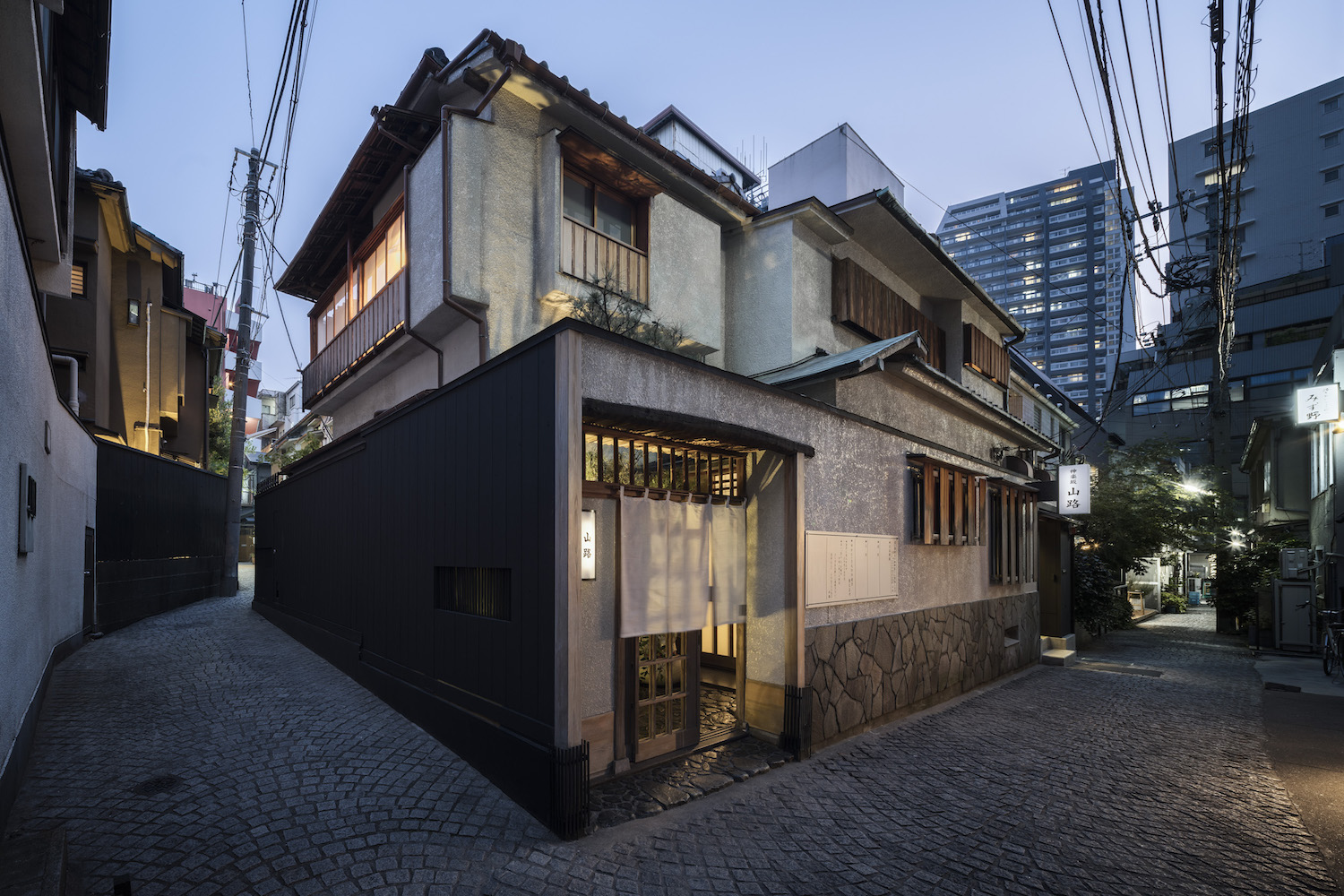 Courtesy of TRUNK(HOUSE).
Courtesy of TRUNK(HOUSE).
WHITEWALL: Prior to joining TRUNK, what did your roles in hospitality include?
MASAYUKI KINOSHITA: Prior to joining TRUNK, I worked at several properties, such as Park Hyatt Tokyo, Park Hyatt Shanghai, and Andaz Tokyo, which are all part of the luxury lifestyle brands of the Hyatt portfolio. My field of expertise had always been sales and marketing, and I am now at TRUNK, thoroughly immersed in creatives and design, which I love very much.
WW: The historical significance of the TRUNK(HOUSE) is that it is located a former Geisha training house. Can you elaborate on the types of activities that used to happen inside?
MK: The two-story building, best described as “the house,” used to be a Geisha’s training place where they practiced dance and shamisen—a three-stringed traditional Japanese musical instrument, which is often associated with Geisha performance. It also operated at the same time as a Ryotei—a traditional Japanese gastronomy restaurant.
The house is located on a narrow maze-like stone path called Kakurenbo Yokocho—”hide-and-seek alley.” There, during the Edo era, it is said that famous writers and politicians used to shake off any potential pursuers through the intricated alley, to avoid being witnessed while entering into a ryotei, accompanied by their mistresses. This “hide-and-seek” game had given its name to this typical alley. We loved these beautiful stories!
We feel very fortunate to acquire that beautiful building full of anecdotes, through a real estate agency rooted in the local community.
WW: How does the space honor the tradition and craft of the district it’s in, while pushing boundaries to be seen in a contemporary lens?
MK: First and foremost, preserving the historical landscape of the charming Kagurazaka area was our top priority. Honestly, the exterior of this 70-year-old house was not in perfect condition when we acquired it. We spent lots of time and money for the restoration and anti-seismic reinforcement, as Japan is an earthquake-prone country. Thanks to their ancestral expertise, the carpenters managed to maintain the original appearance and reinforce the house in such a way that it should last for ages!
In contrast with the exterior, once you go through the front door, you are immediately transported to another world! It is a unique and quite disruptive mix of tradition and modernity, where you can still feel the Japanese sense of subtle beauty. The wooden, concrete mortar and black oxidized steel walls and floors structured the entire space, where we added some twisted highlights such as the minimal dazzling disco or the contemporary ukiyo-e art pieces. This is absolutely chaotic in a good way, just like the city of Tokyo.
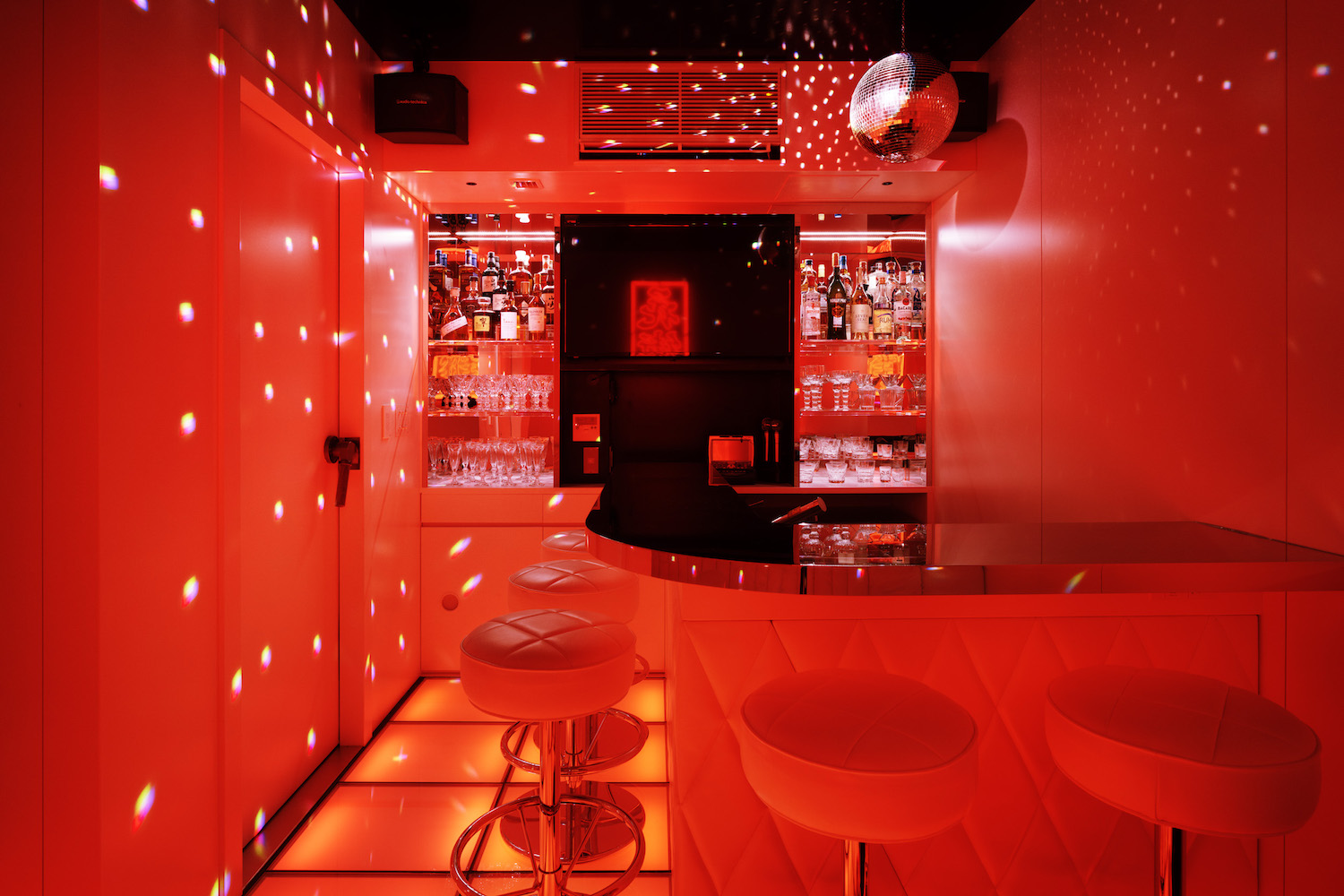 Courtesy of TRUNK(HOUSE).
Courtesy of TRUNK(HOUSE).
WW: TRUNK(HOUSE) features an incredible selection of art and design objects. How were these sourced or commissioned?
MK: There are a lot of iconic artworks and design objects in this house, and most of them are commissioned. Each artist has a very specific vision of his or her art and a personal interpretation of Tokyo—and Kagurazaka—and its culture. Indeed, having this diversity of perspectives gathered in one place is very interesting. We actually have an in-house creative team at TRUNK, and every member is very well connected with the local artists, both eminent and up-and-coming. For instance, the ukiyo-e print on the bathroom tiles (Scenic Tour of Tokyo: Then and Now) is a commissioned work by Masumi Ishikawa, a contemporary ukiyo-e artist who created numerous collaborative works with Star Wars, David Bowie, KISS, and more.
To mention another, the large artwork by Alex Dodge in the bedroom, Hide and Seek, is also commissioned and represents a Kagurazaka Geisha and her kimono. The original stained glass art pieces, “Smoking Frog” and “Mt. Fuji,” are by a modern stained glass artist who is also one of our good friends, Reo Taniwa.
Our long-time friend and interior design partner for this project, Kunichi Nomura, has also been extremely supportive of our arts and objects selection. He recommended and commissioned for us the Stephen Kenn chairs and tables, and even introduced Tom Sachs to us while he was in town for his exhibition “Tea Ceremony.” We are very fortunate to have the possibility to acquire and display his Ryakubon 2.0, a tea ceremony tea set, in the heart of TRUNK(HOUSE).
WW: What hotel properties around the world inspire the brand? Did any inspire the aesthetic or ambiance of this particular space?
MK: It’s a very difficult question. Our all-time favorites—such as Petit Ermitage, Ett Hem, or La Granja—are always a source of inspiration and a benchmark of design. However, since this project was very different in many ways and aimed for the one-and-only, we decided not to take inspiration from other hotels. Instead, we focused on Japanese snack bars, Sento (Japanese communal bathhouse), and other Japanese authentic landmarks to find aesthetic ideas and hints.
WW: We noticed names like KAWS, Ghetto Gastro, and Kim Kardashian have been to the property—all for various purposes, from overnight stays to product release dinners. What type of events is the property open to, when not hosting private stays?
MK: We are extremely proud to have the opportunity to welcome a number of amazing guests to TRUNK(HOUSE). This really shows that our value proposition has been very well received by an international audience. (I can’t disclose the names, but you can come and check out the signed wall in the disco!)
TRUNK(HOUSE) is in priority open to our guests, who appreciate the intimacy of a fully privatized hospitality place. However, when the calendar allows, we also organize private events for a happy few, such as the Champagne-makers dinner, Thanksgiving dinner, etc.
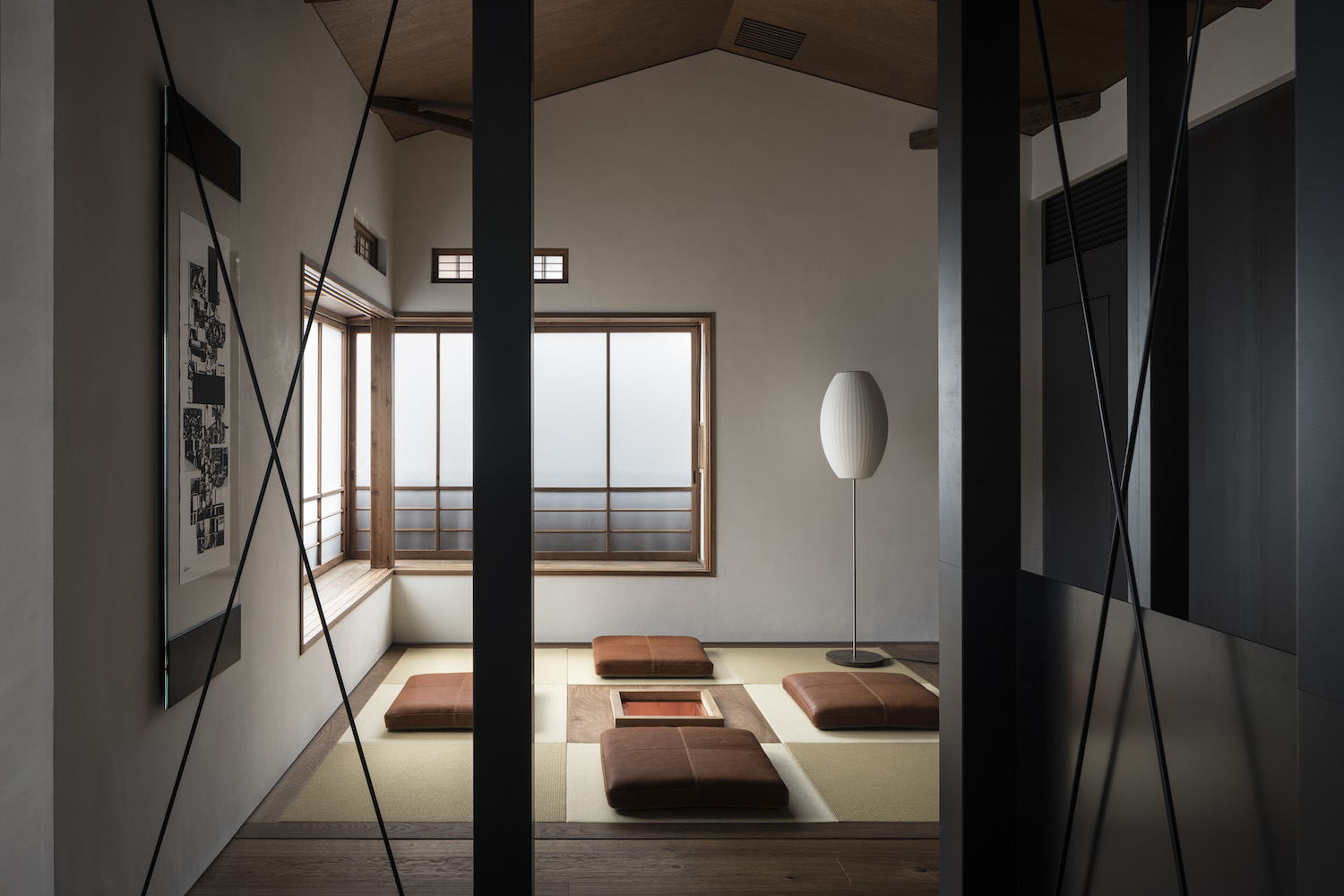 Courtesy of TRUNK(HOUSE).
Courtesy of TRUNK(HOUSE).
WW: TRUNK has a big hotel presence and a small boutique focus, which balances the inclusive and exclusive markets. Why did it want to launch a boutique property?
MK: Tokyo is still not a mature market when talking about boutique hotels. We see a lot of luxury and lifestyle brands entering the market nowadays, yet there are only a few boutique hotels at the moment. We believe that there is a great opportunity, especially for luxury boutique hotels, as the meaning of luxury travel is changing. It is not about a spacious lobby with a chandelier, high-pressure shower, and piles of towels anymore. Travelers are looking for a special purpose and unique, personalized experience. We definitely need innovations in the hospitality industry to accommodate the needs and wants of the future travelers.
WW: Can you tell us a bit about what guests get to experience at TRUNK(HOUSE) that’s entirely unique? (Having butlers on staff, tiny disco, a tea ceremony, a chef 24/7, etc.)
MK: Staying at TRUNK(HOUSE) is all about exclusive, bolt, and on-demand experience.
The private butler and chef are fully dedicated to answer to our guests’s requests on and off the menu. The versatile duo could arrange seasonal flowers, cook gastronomy cuisine and prepare afternoon cocktails, teach tea ceremonies using Tom Sachs’s tea set, sing karaoke and play DJ at the tiny disco, and even prepare the midnight Ramen noodle or Kobe beef curry to end the night…
WW: How have you and the brand been doing amid COVID-19? What changes may we see TRUNK enact in the upcoming future based on the pandemic?
MK: The “virtual travel” will not last forever—or maybe it has lasted already. People are eager to resume international traveling when it is safe to travel again. Fortunately, Japan is always on the top of the bucket list, therefore we believe that the inbound is going to boom as soon as the borders will re-open.
Regardless of COVID-19, our mission is to pursue and establish the “new luxury”, and be an innovator in the hospitality industry so that we can further enhance the value of tourism in Japan and Tokyo.
WW: Where do you like to see art, eat at, or shop in Tokyo?
MK: I often visit the National Art Center Tokyo for their great exhibitions. For dining out, I love to eat at a local Yakitori restaurant called Torikiyo in the neighborhood of Sendagi—an old district of Tokyo. For nice drinks, my favorite place is the tiny Bar Piano in Shibuya. Shopping is definitely F.I.L TOKYO (Visvim) in Harajuku.
WW: What are you working on next?
MK: Aha! I can’t tell you more right now, but please stay tuned for more updates in the coming months. You won’t be disappointed!
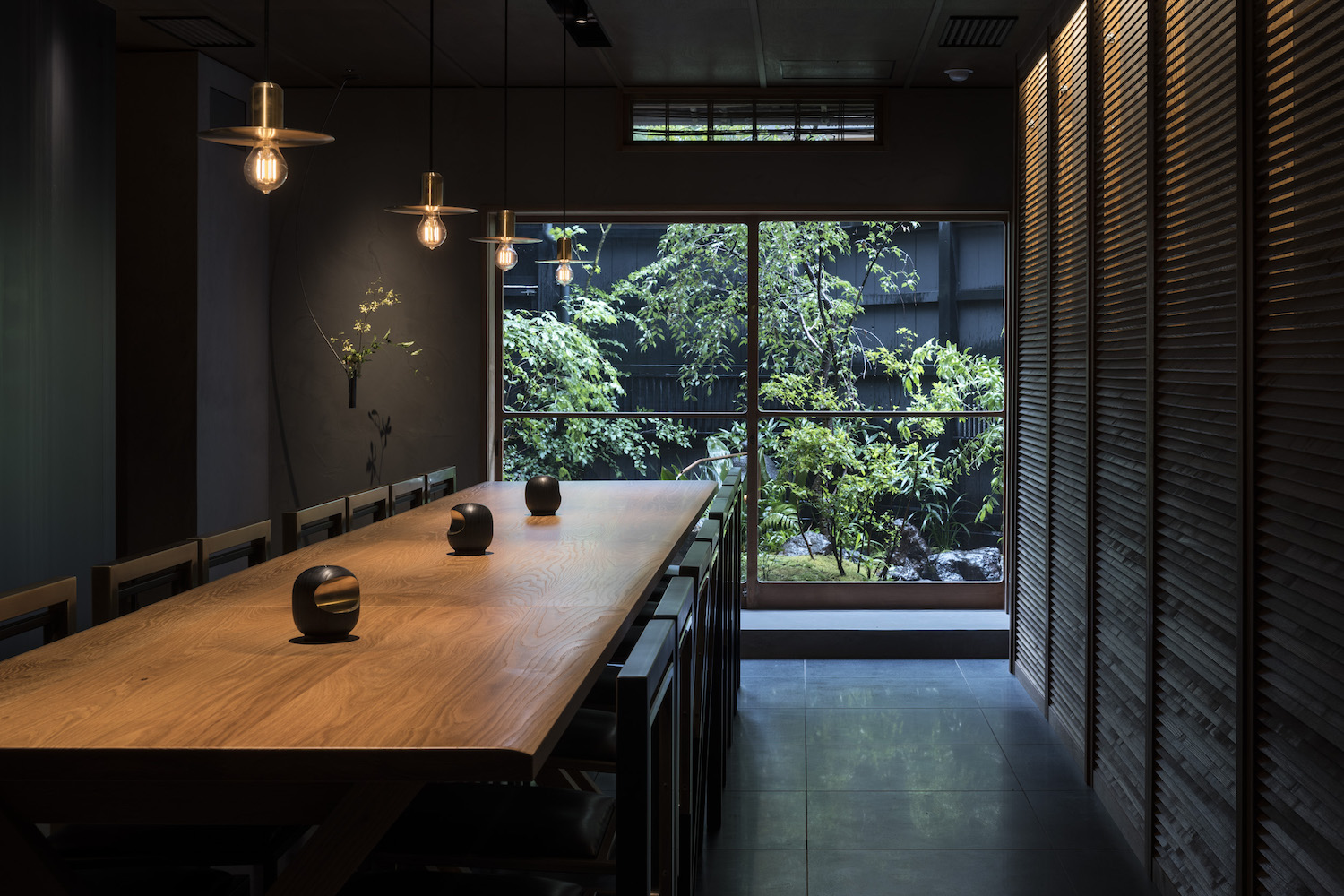 Courtesy of TRUNK(HOUSE).
Courtesy of TRUNK(HOUSE).







